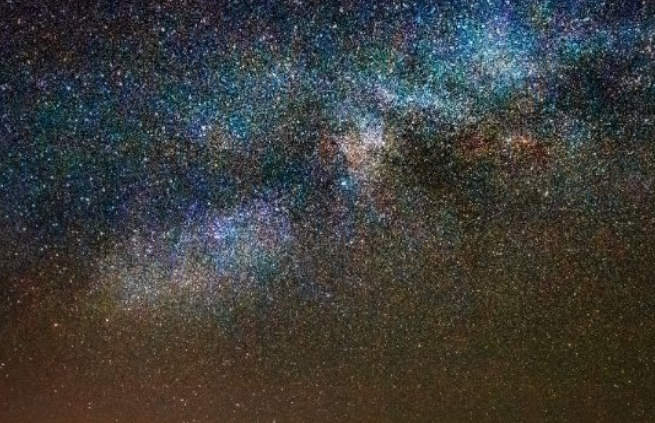The universe, adorned with countless stars, often inspires stories and songs that emphasize the difficulty of counting these celestial objects. The vastness of space is underscored by the fact that stars are incredibly distant from Earth. As a point of reference, the sun, our nearest star, is situated 15 crore (150 million) kilometres away from Earth, and other stars are millions of times farther.

Despite these vast distances, stars may appear seemingly close to one another when observed from our vantage point on Earth, prompting the question of why this optical illusion occurs. The explanation lies in the immense size of stars. While the sun is already 101 times larger than Earth, other stars surpass it by several thousand times in size.
This substantial scale causes stars to appear smaller in comparison when viewed from Earth. Consequently, despite being separated by millions of kilometres in reality, stars seem visually closer when observed from our planet. Delving into the estimation of the total number of stars in our galaxy, the Milky Way, remains a complex challenge. professor Gary Girmore, a researcher at Cambridge university in America, is among the scientists engaged in this endeavour.
Although an exact count remains elusive, preliminary data from professor Girmore's team suggests that our galaxy may harbour approximately 20,000 crore (200 billion) stars. This ongoing research underscores the vastness of the cosmos and the continuous exploration aimed at unravelling the mysteries of the universe.




 click and follow Indiaherald WhatsApp channel
click and follow Indiaherald WhatsApp channel